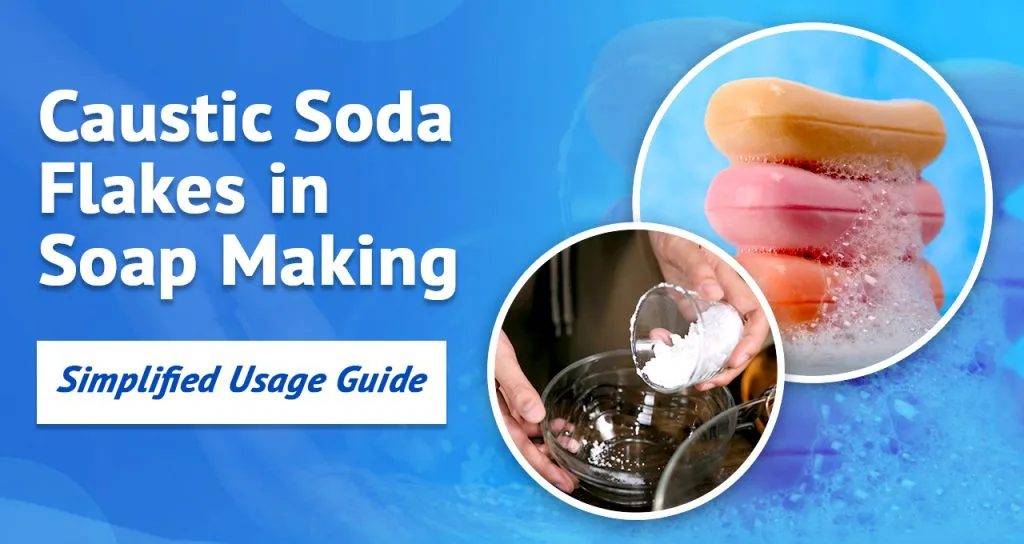Whether it’s your home, business, or manufacturing plants, cleanliness is important to keep your world safe. And, soap proves to be an essential product to maintain proper sanitation! According to archaeological research, the invasion of basic soaps dated back to 2800 BCE.
Traditionally, caustic soda (sodium hydroxide) was used as one of the major ingredients for soap making. In fact, when potassium oxide is a common chemical substance used to make liquid soaps, many companies in the soap industry use this chemical raw material- Sodium hydroxide (NaOH), also known as caustic soda flakes. No wonder it has a strong base of a versatile range of applications.
So, if you are a soap manufacturer and thinking of using caustic soda for soap production next time, you need a clear idea of how to use caustic soda flakes in soap making. And, we are going to unfold that secret right here.
Key Highlights Of Soap Making Using Caustic Soda
Caustic soda or sodium oxide is a water-soluble compound available in the market as flakes, powders, pellets, and even granules. However, flakes are more popular for making caustic soda soaps.
This substance causes chemical reactions called saponification, making it an essential ingredient for making soaps. Actually, when the experts add caustic soda flakes to a liquid, it creates a lye solution that they mix with fats or oils, resulting in this chemical reaction.
However, soap-making is a continuous process. And, most manufacturers these days follow this step-by-step guide. Have a look:

Step #1: Have Any Type Of Fat-
First, you need to have the most commonly used fats from any plants, like coconut oil, palm kernel oil, or olive oil. Then, split natural fats into glycerin and fatty acids at a high temperature using a hydrolyzer. After that, purify the distilled fatty acids and keep them aside.
Step #2: Create Lye Water-
In this step, you need to mix water and caustic soda flakes until the substance dissolves. However, we suggest using caution and being careful when making this lye water since the chemical reaction of water and sodium oxide can produce heat.
Step #3: Saponification-
Here, add that lye solution with the fatty acids derived from natural oil. Once you mix, it causes a chemical reaction called saponification. However, remember that you can even use a combination of two or three oils, such as 30% olive oil and 70% coconut oil. Then, leave it for the next 24 hours.
Step #4: Final Step-
See if your soap is set. If yes, add water and heat until you see the caustic soda soap contains proper liquid consistency and feels smooth to the touch.
Besides soap making, there are more applications of caustic soda in other industries. For example:
- Pulp and paper production
- Textile industries to ensure consistent luster and tensional strength during the manufacturing of textile
- Water treatment by raising pH in different applications
- Petrochemical industries for desulphurization
- Starch production
- Refining alumina
- Manufacturing biodiesel etc.
In Conclusion
We hope this guide will be helpful in your soap-making process using caustic soda. Now, if you want to order caustic soda flakes on a bulk basis, count on Chemical Iran! Here, we ensure top product quality, purity, affordable freight charges, and quick delivery time. Why wait, then? Contact us today for more details about caustic soda flakes and a fresh price list!

